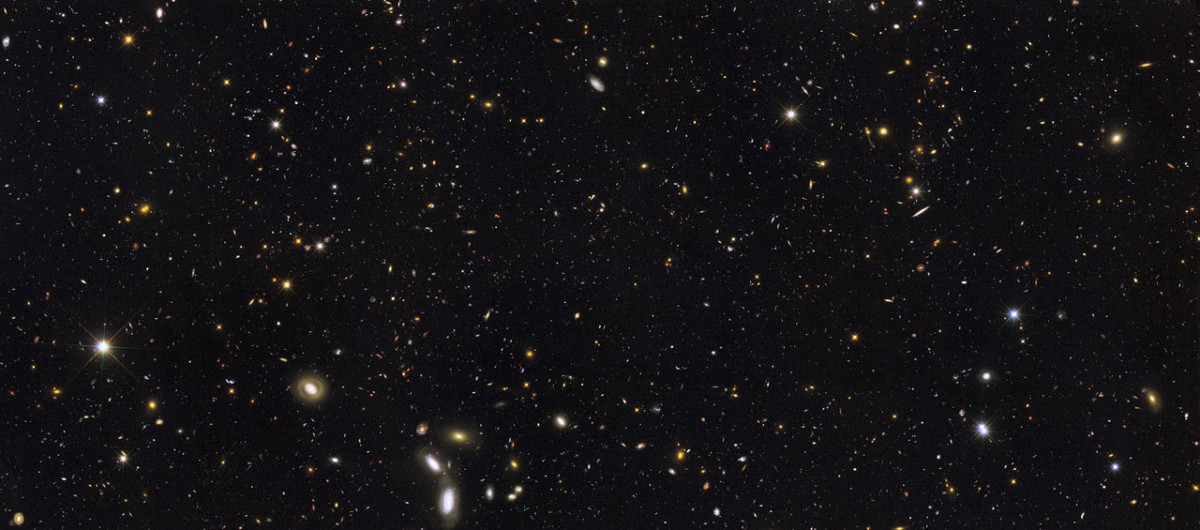
If you ask a scientist why, in his opinion, the universe began, in most cases, you will get the answer: Big Bang. Our universe is full of stars, galaxies and cosmic structures separated by giant expanses of empty space, was not always such-and-such was not born. The universe has become so expanded and cooled down from a hot, dense, homogeneous state, in which there were no galaxies, stars, and even atoms. Everything that exists in its present form did not exist 13.8 billion years ago, but we learned about it only in the last 100 years. It would seem that for a long time, but many people do not know about the Big Bang theory the simplest things — and we are here to correct this unfortunate misunderstanding.
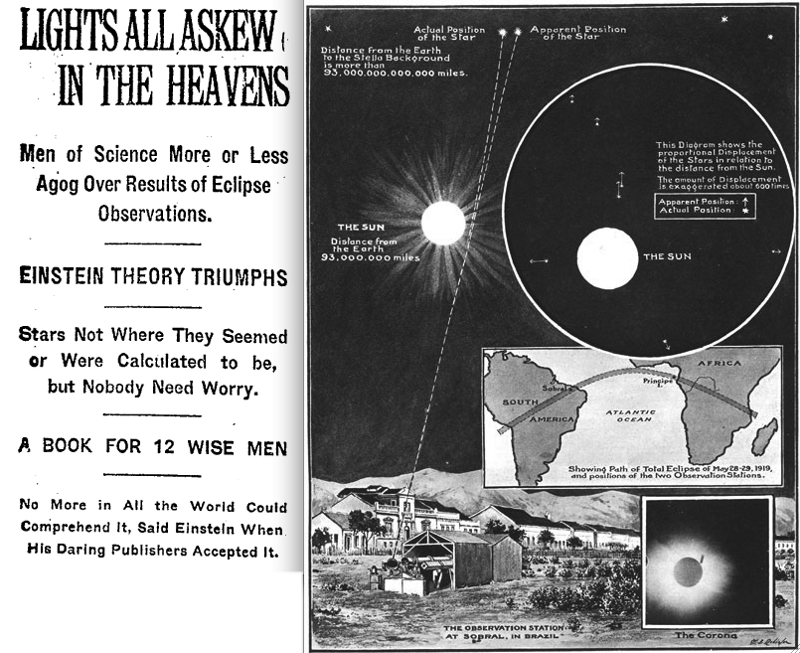
Einstein initially completely denied the possibility of this theory
The General theory of relativity was a revolutionary theory of gravity, proposed in 1915 to replace the theories of Newton. She predicted the orbital motion of mercury with the precision with which could not the theory of Newton, he predicted the bending of starlight by the mass, which was confirmed in 1919, and predicted the existence of gravitational waves, which was confirmed a few months ago. She also predicted that the universe is full of static or not varying with time of matter would be unstable. When the Belgian priest and scientist Georges Lemaitre in 1927 suggested that the fabric of space-time Universe can be very big and expanding, growing from a small, more dense and homogeneous state in the past, Einstein sent him a response letter: “Your calculations are correct, but your physics is abominable!”.
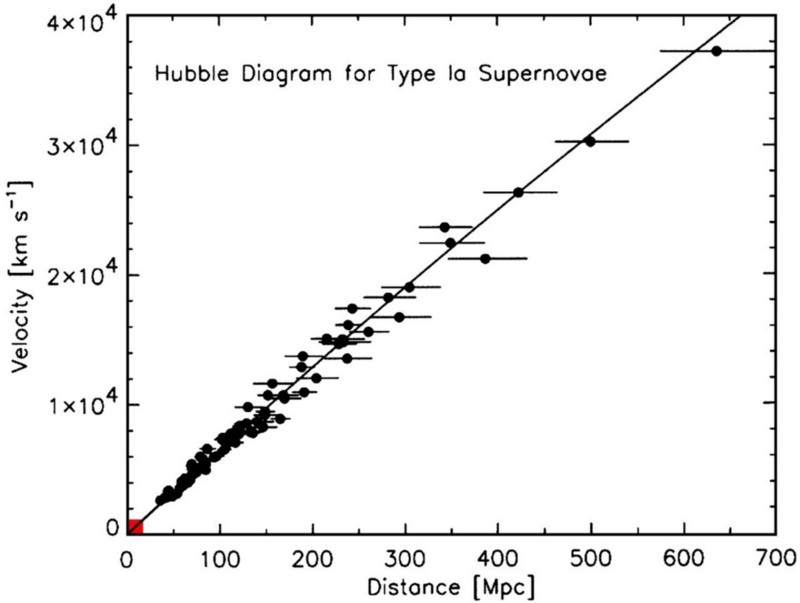
The discovery of the expanding Universe Hubble took this idea serious
Although many scientists believed that the spiral nebulae in the sky were distant galaxies, long before Einstein, it was the work of Edwin Hubble in the 1920s showed that this is not only true, but also that the farther a galaxy is, the faster it was receding. This fact — the Hubble law — describing the expansion of the Universe, led to a very simple interpretation, in line with the idea of the Big Bang: if the universe is expanding today, then in the past it was smaller and tighter!
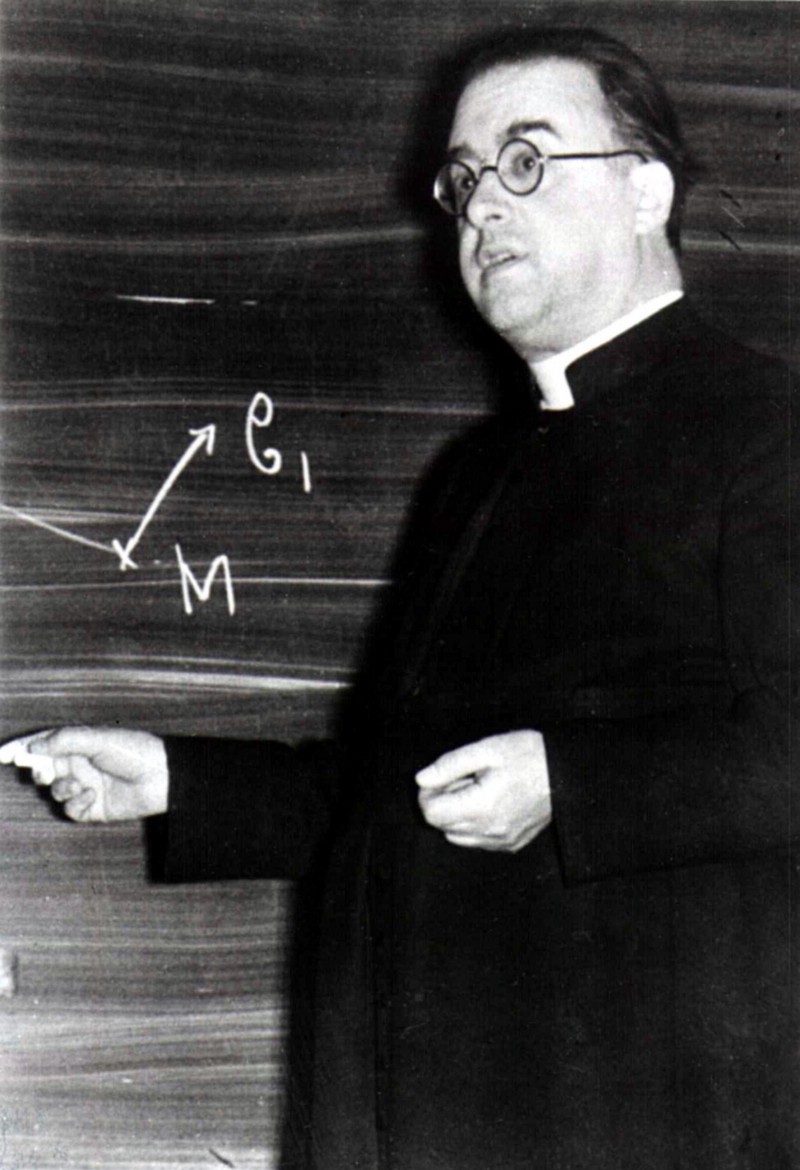
This idea was in the air since 1922, but was challenged decades
Soviet physicist Alexander Friedman came to this theory in 1922, but was criticized by Einstein. Work from Lemaitre in 1927 also was rejected by Einstein, and even after the work of Hubble in 1929, the idea that the universe was smaller, denser and more homogeneous in the past were not taken seriously. But Lemaitre has added to the idea that the redshift of galaxies can be attributed to expansion of space and what was supposed to be the original “moment of creation”, which for decades was known as the “primeval atom” or “cosmic egg”.
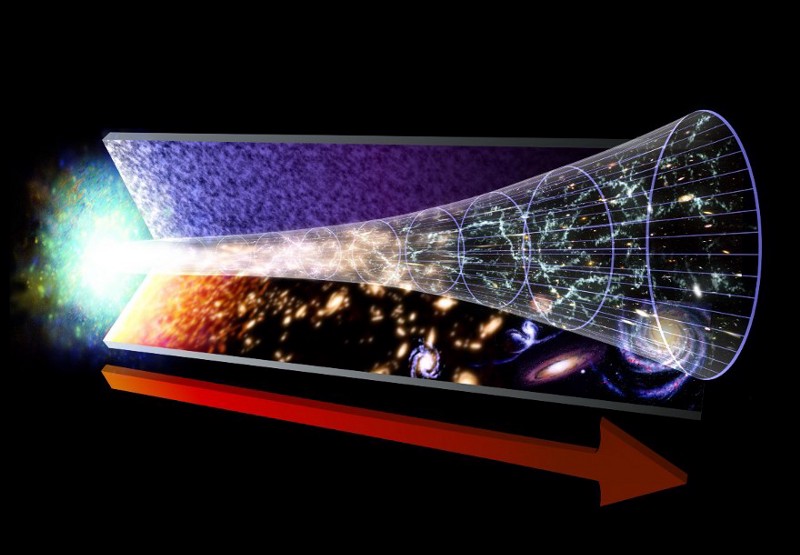
The theory gained recognition in the 1940-ies after a series of successful predictions
George Gamow, an American scientist, fascinated by the ideas of Lemaitre realized that if the universe is expanding, the wavelength of the light in it increases with time, therefore the universe cools. If she cools down, in the past she had to be hot. Extrapolating back, he realized that one day was the period of time when it was too hot to neutral atoms could form. Therefore, as the cooling and expansion of the Universe, she had to form the lightest elements and neutral atoms for the first time, what would leave an imprint in the form of cosmic background radiation cold temperature a few degrees above absolute zero.
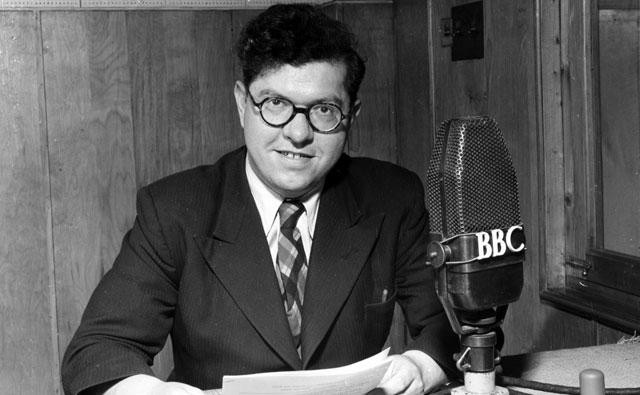
The name “Big Bang” came up with the hot opponent of the theory, Fred Hoyle
The theory with a number of other predictions — the theory of a stationary Universe — in fact, it was the leading theory in the 1940s, 1950s and 1960s years, as claimed, that most of the atoms came from stars and not from this hot dense state, confirmed by nuclear physics. Speaking on the BBC, Hoyle coined “Big Bang” in a radio interview in 1949, said, “One of the ideas was that the universe began to live some time ago after one huge explosion, and the current extension — the legacy of this violent explosion. This big Bang idea seemed to me to be unsatisfactory even before a closer study showed that it causes serious difficulties”.
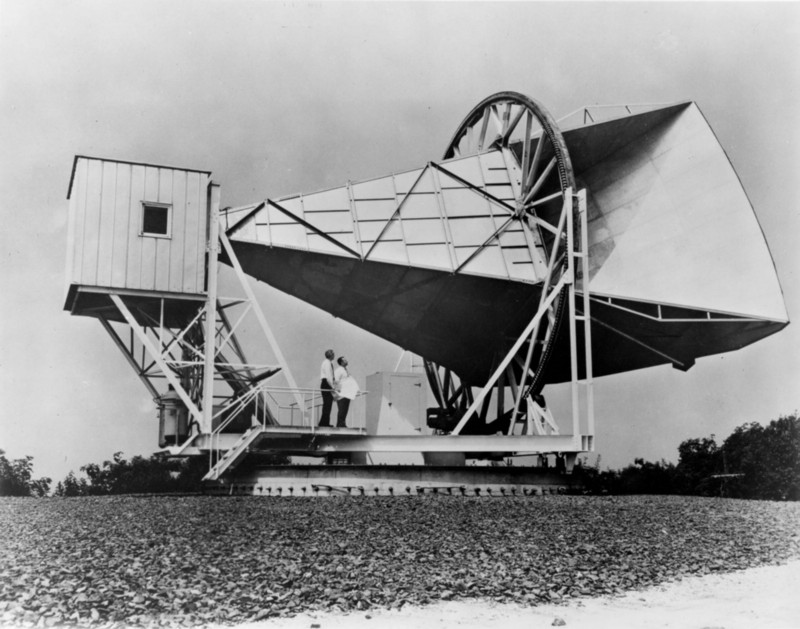
The afterglow of the Big Bang was discovered in 1964, thanks to bird droppings…
In 1964 scientists Arno Penzias and Bob Wilson, working at the Holmdel Horn Antenna at bell Labs, discovered a uniform radio signal coming from the sky from everywhere. Not realizing that it was the afterglow of the Big Bang, they decided that the problem is in the antenna, and tried to calibrate it by removing this “noise”. When that didn’t work, they went to the antenna and found the nest of pigeons, perched there. They cleaned the antenna, chased pigeons, but the signal remained. After realizing that it was Gamow predicted the background, confirming the Big Bang model, it’s and strength of this scientific theory as explaining the beginning of our Universe. Thus, Penzias and Wilson became the only Nobel laureates who cleaned the bird droppings in the process of his “Nobel prize” research.
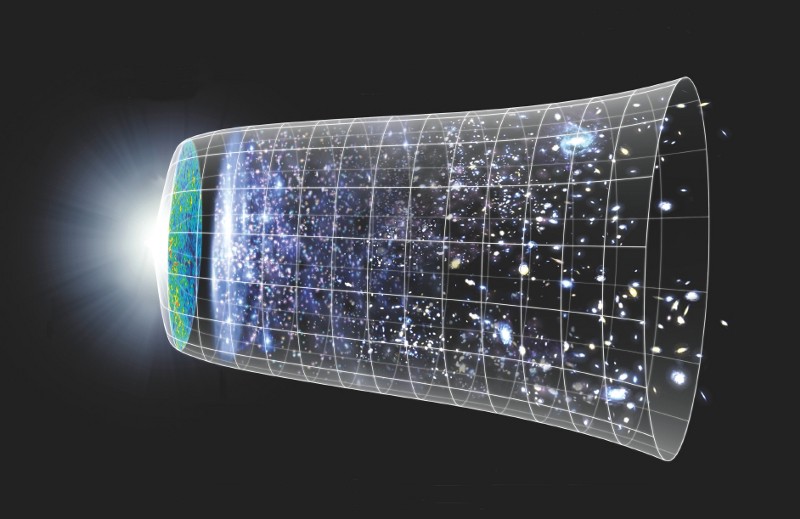
Confirmation of the Big Bang gives us a comprehensive history of the formation of stars, galaxies and planets in the Universe
If the universe began with a hot, dense, expanding and homogeneous state, then she had not only cooling and forming of atomic nuclei and of neutral atoms, but spend some time, pulling objects using gravity in structure. The first stars were formed 50-100 million years later; the first galaxies — after 150-200 million years; galaxies like the milky Way may have billions of years, and the first solid planets were formed only after many generations of stars lived, burned fuel and died in supernova explosions. Perhaps there is nothing accidental in the fact that we observe the Universe now, after 13.8 billion years after the Big Bang; perhaps it is now time for life to appear.
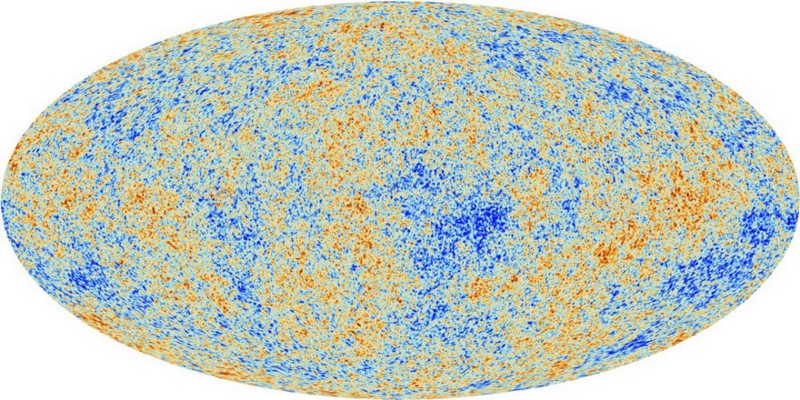
Fluctuations in the cosmic microwave background say that the universe was almost perfectly homogeneous at the beginning of the Big Bang
The average temperature of the cosmic microwave background today is just To 2,725, but the fluctuations in it, shown above, to reach a total of 100 of microkelvins. The fact that the afterglow of the Big Bang has a light roughness predetermined value, suggests that the universe was almost homogeneous in those early times, and these fluctuations have grown all the structure — stars, galaxies, etc. — which we see in the Universe today.
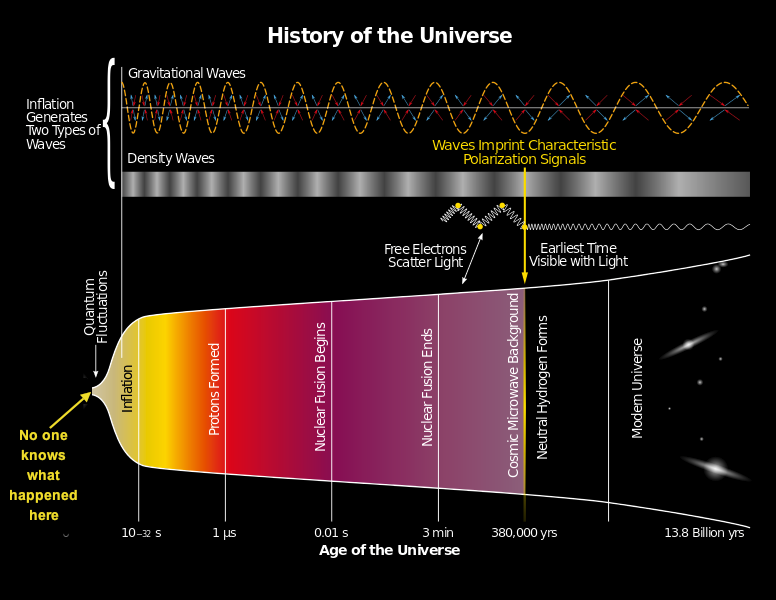
The big Bang itself may not mean the beginning
We would like to extrapolate this dense, hot, expanding the state before the beginning, before the singularity, as did Lemaitre 89 years ago. But there are a number of observations — including those fluctuations — which tells us that before all of this had a different condition, when the whole energy of the Universe was inherent to the space, and that space is expanding in exponential order. This period, known as cosmic inflation, and we are still studying its details. Science is trying to reach the beginning of time, but no end to these principles cannot be seen.
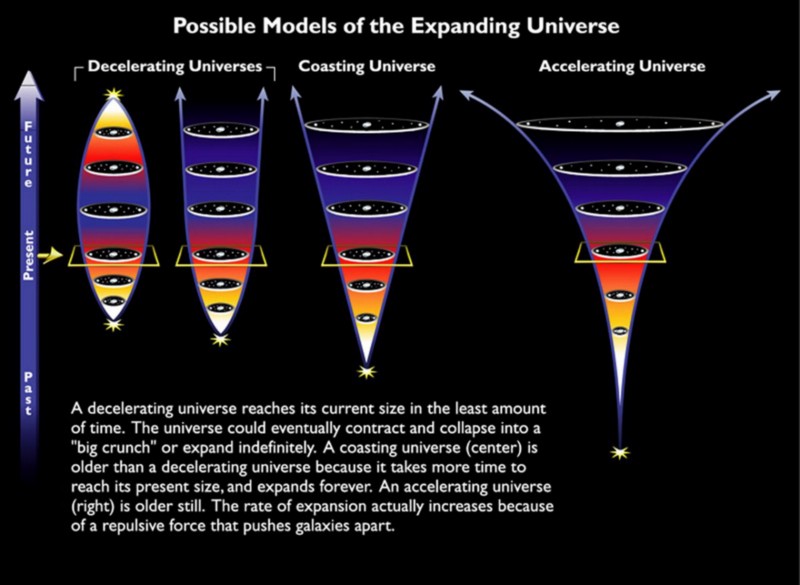
How the universe began, doesn’t tell us how it ends
The big Bang tells us that there was a race between gravity, trying to compress an expanding Universe, and the original file extension. But the Big Bang itself doesn’t tell us what will be the ultimate fate of the Universe — for this is a will answer that from which this universe consists. From the existence of dark energy, opened only 18 years ago, we learned that the expansion not only wins, but also that the most distant galaxies will be faster from us to leave. At the moment the most possible fate of the Universe will become cold death.
10 interesting facts about the Big Bang theory (not the TV series)
Ilya Hel
